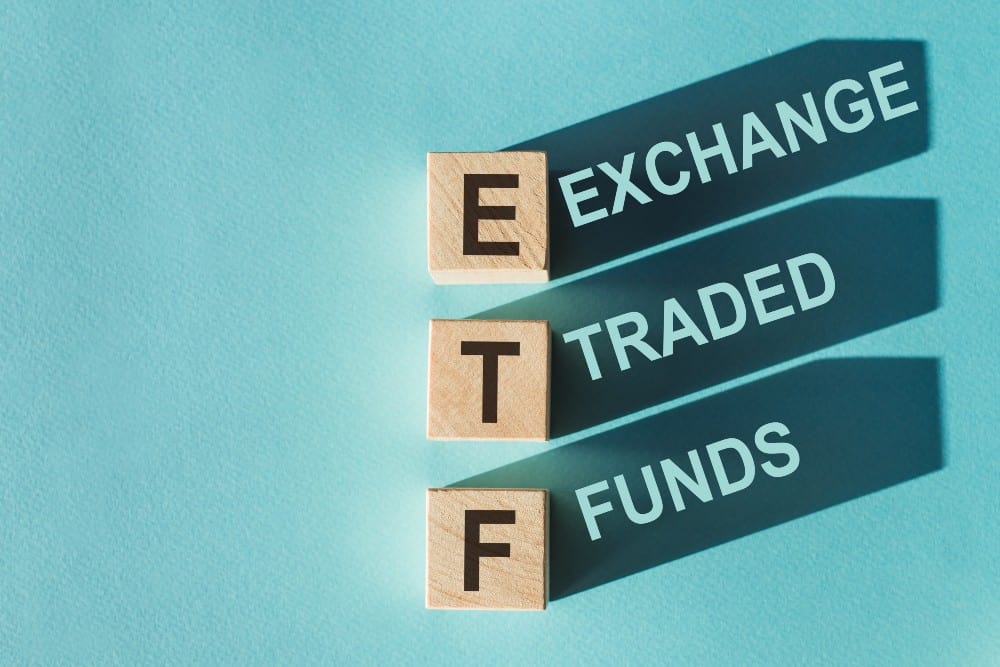Value investors attempt to find companies trading at share prices lower than what their fundamentals would entail. Their goal is to buy undervalued stocks before Mr. Market wakes up and prices them higher. If they succeed, value investors can turn a tidy profit.
Some of the greatest investors in history were value investors, like Warren Buffett. If you’re interested in emulating Buffett and picking some potentially undervalued stocks, you can find some excellent Canadian value stock picks from the other Foolish writers.
However, I’m a passive investor, and only invest using exchange-traded funds, or ETFs. Beginner investors can use a value ETF as the core of their portfolios to create immediate diversification and add individual stock picks to it later. Let’s go over my favourite globally diversified value ETF today.
How does a global value ETF work?
An ETF is a fund that can hold a basket of stocks and trades on a stock exchange. When investors buy a share of an ETF, they gain exposure to all of its underlying assets.
A value ETF is simply a fund that holds a portfolio of value stocks according to a preset rule (if it’s passive) or the manager’s discretion (if it’s active).
Either way, the point of a value ETF is to ensure exposure to stocks with value characteristics. Value ETFs often screen for metrics like low price-to-book, price-to-sales, or price-to-earnings ratios.
The good ones also include a profitability and earnings screen to sift out companies that are undervalued because they are in fact doing poorly (“value traps”).
Value ETFs can cover value stocks from all markets, not just the TSX. Investors can choose to diversify their portfolios and invest in Canadian, U.S., international developed, and international emerging stocks.
My global value ETF pick
I’m a fan of the Vanguard Global Value Factor ETF (TSX:VVL). This fund uses a quantitative rules-based model to pick stocks that have have lower prices relative to their fundamental measures of value, which include price-to-book and price-to-earnings ratios, estimated future earnings, and operating cash flow.
VVL is highly diversified, holding 983 large-, mid-, and small-cap stocks from North America (70.7%), Europe (16.9%), the Pacific (11.7%) and the Middle East (0.7%). Essentially, it covers most of the world’s investable stock market. The largest sector represented is financials (24.2%).
Compared to the similar Vanguard All-Equity ETF (TSX:VEQT), VVL does look undervalued. VVL has lower price-to-earnings and price-to-book ratios of 7.0 and 1.0, respectively, compared to VEQT at 12.1 and 1.7. This means the stocks in VVL trade at less expensive valuations on average.
In terms of fees, VVL costs a management expense ratio (MER) of 0.38%. This is the annual percentage fee deducted from your total investment over time. For a $10,000 investment, a MER of 0.38% works out to around $38 in annual fees, making VVL cheap compared to most mutual funds.
The Foolish takeaway
VVL could be a great way to hold a portfolio of global value stocks with zero effort. Using VVL as the “core” of a value portfolio is a great way of gaining maximum diversification. However, remember that value investing is a long-term endeavour. There have been times when growth stocks outperformed value strongly. Staying the course and not chasing performance is the key to success.








